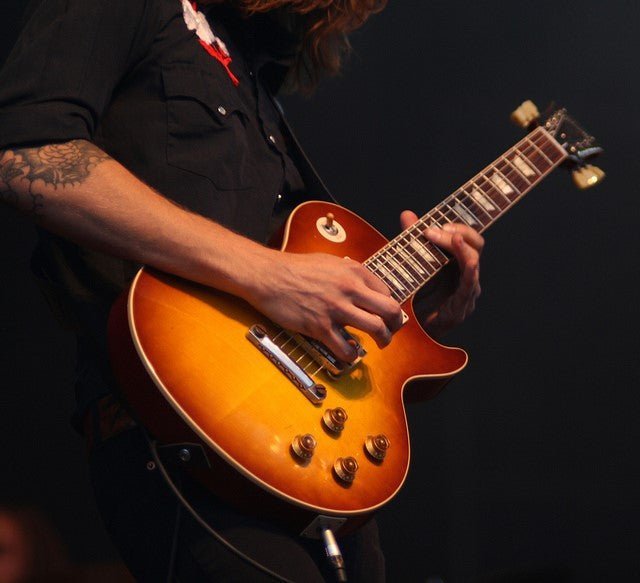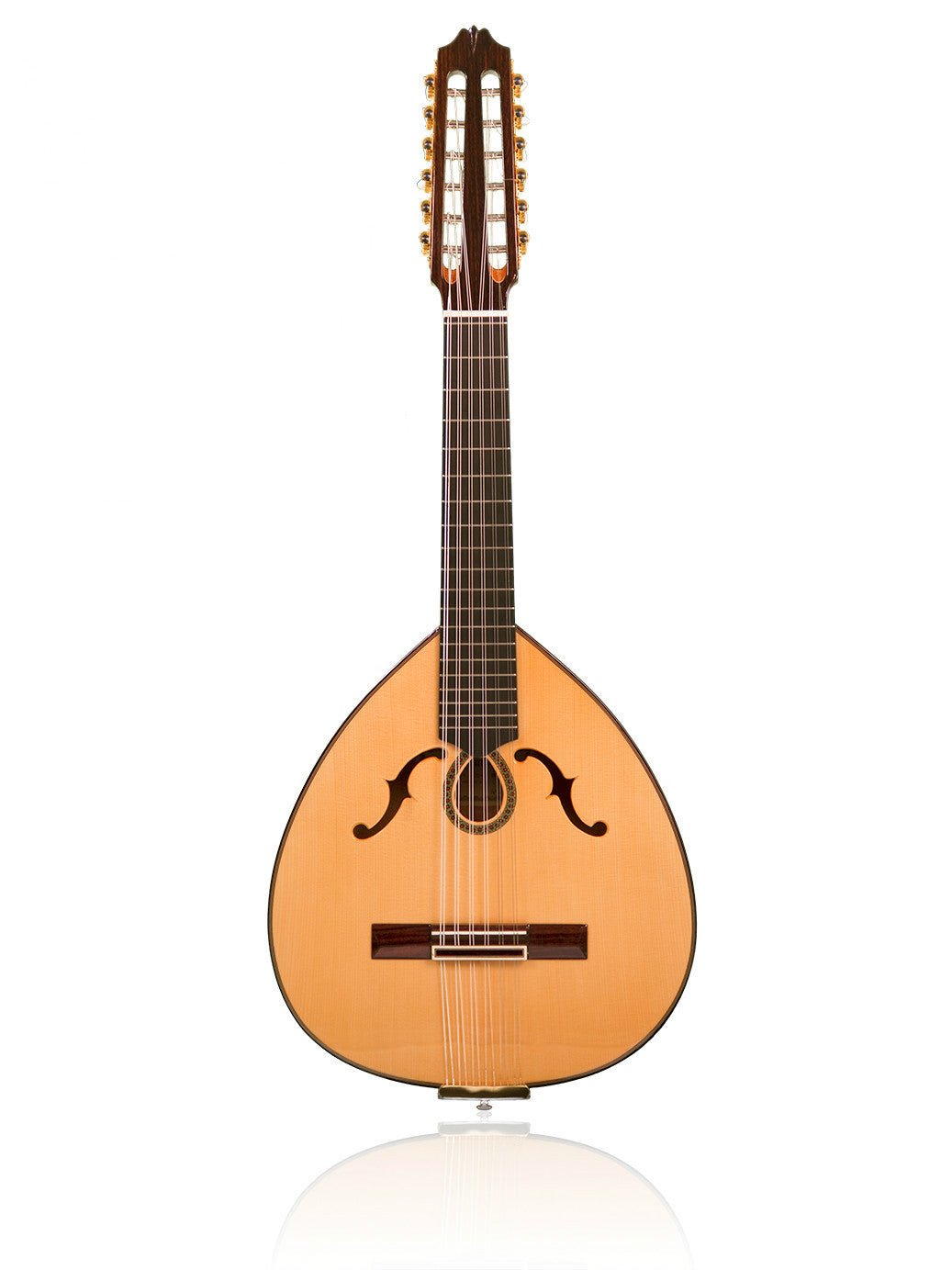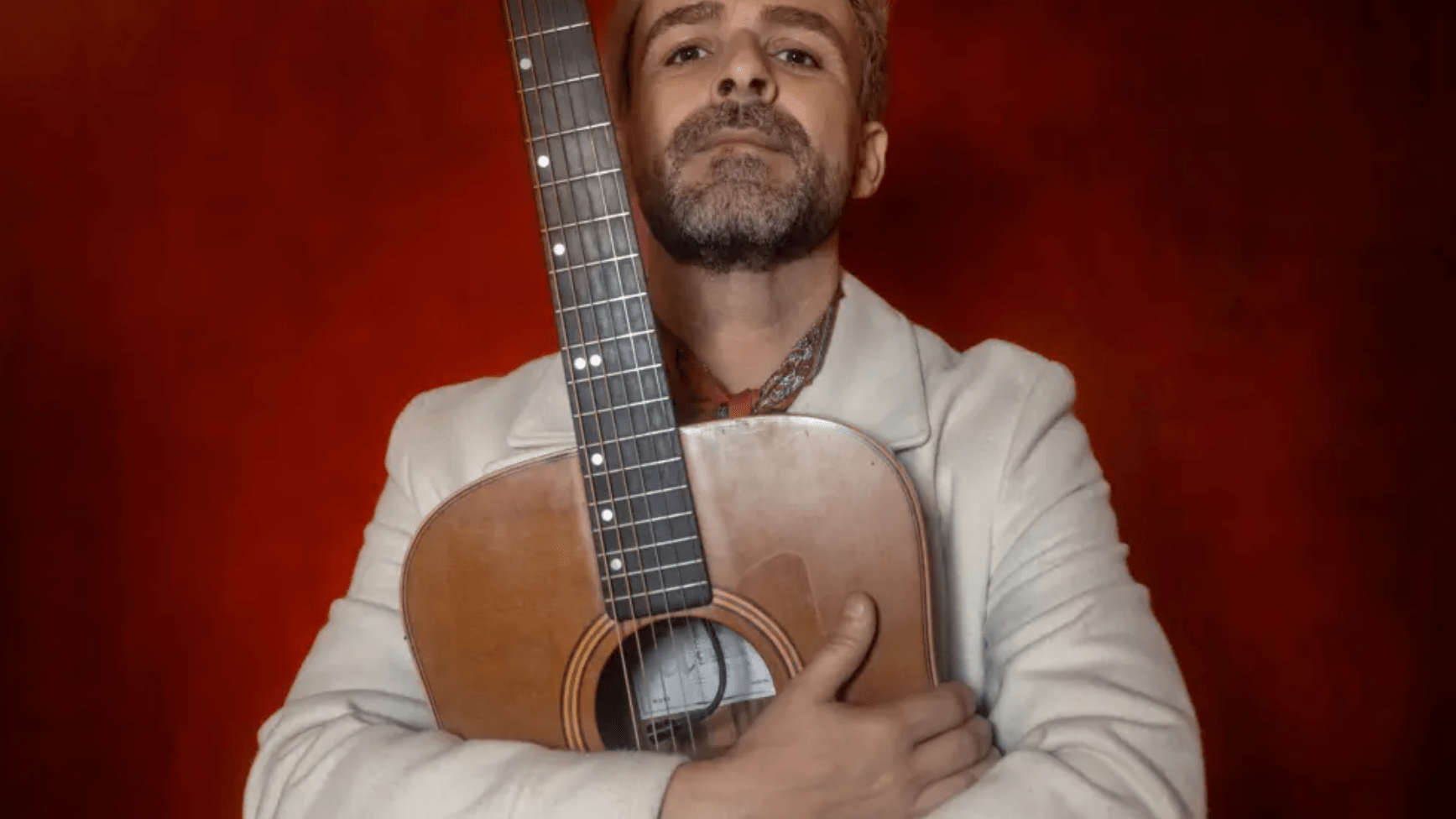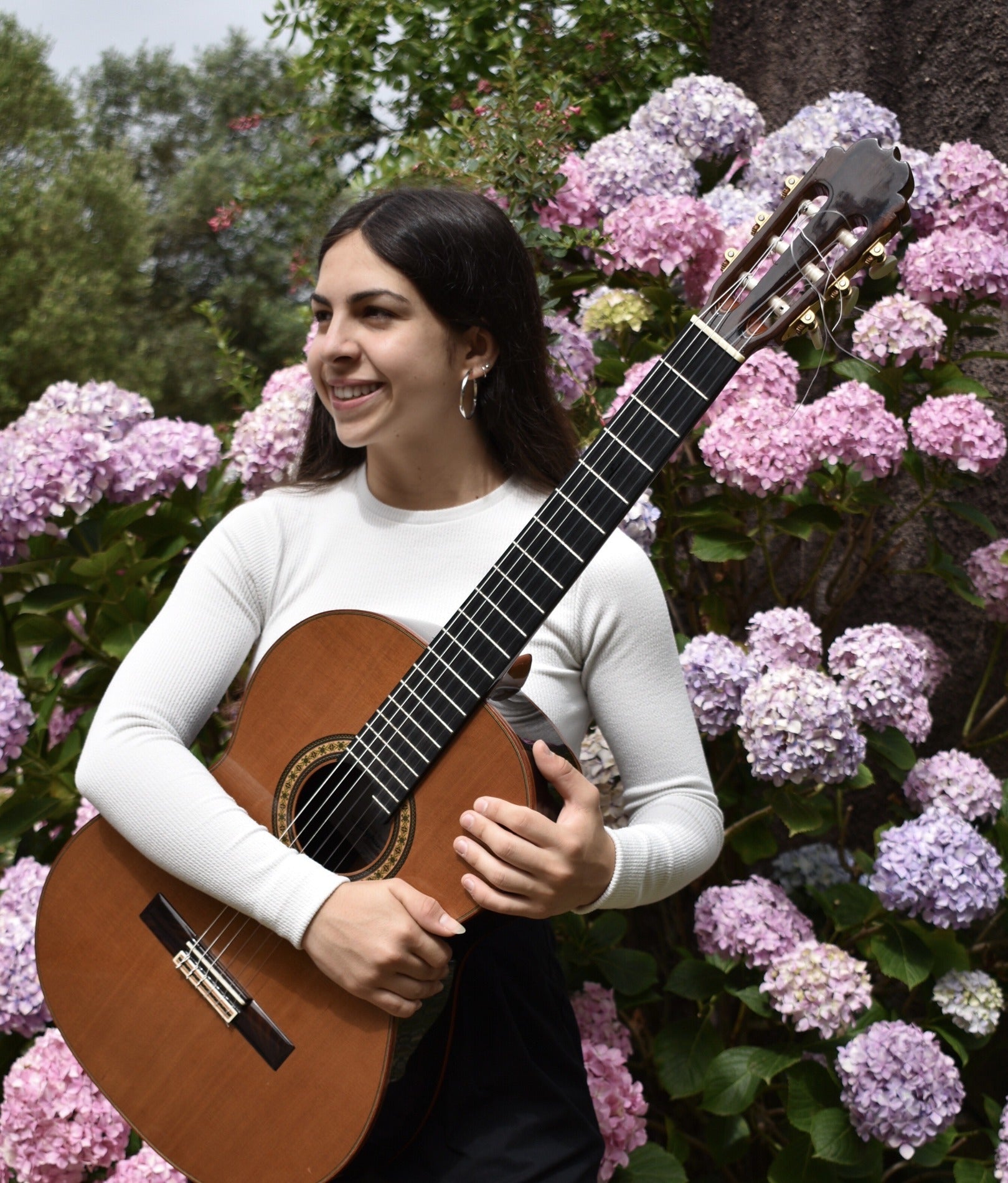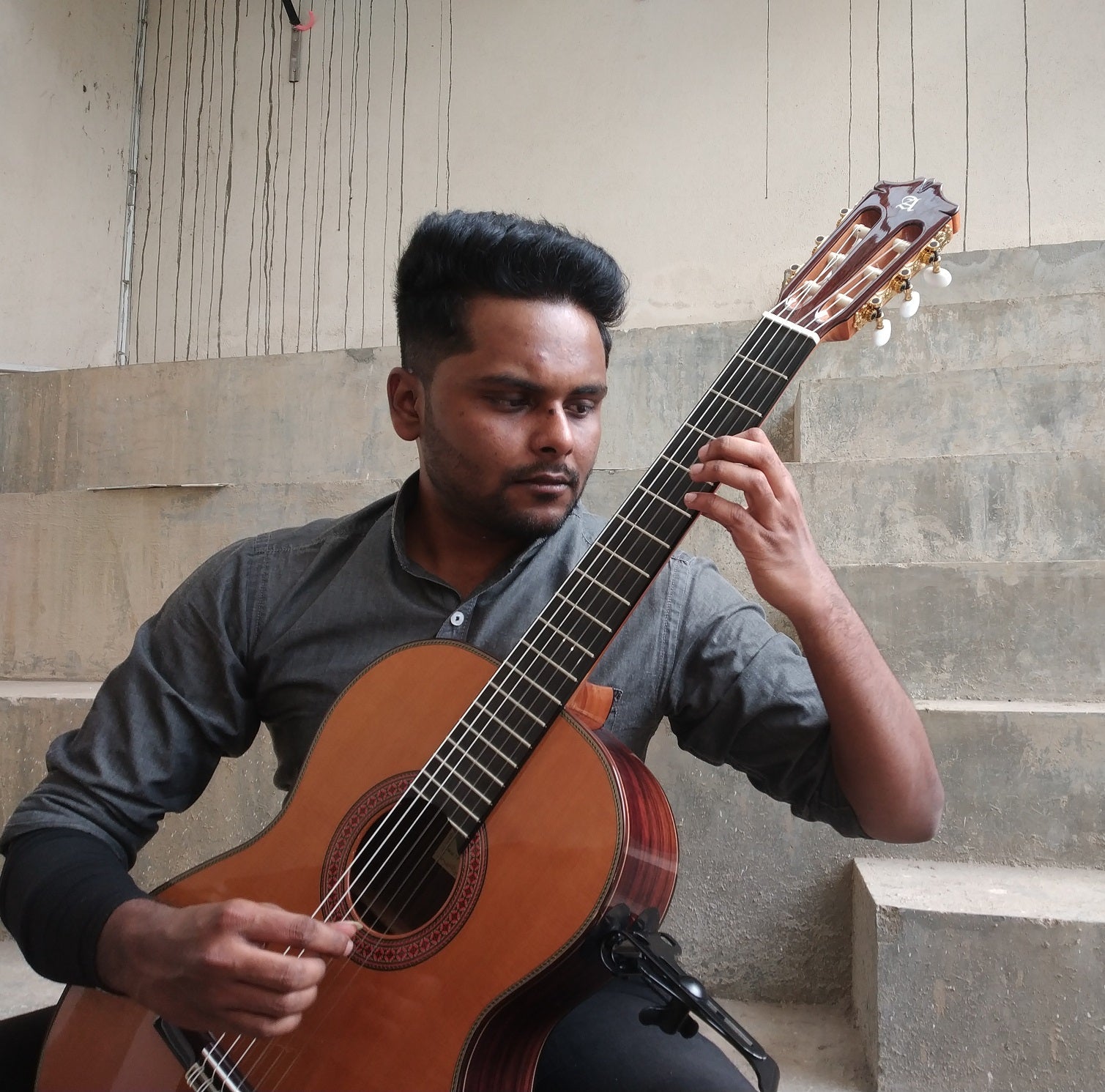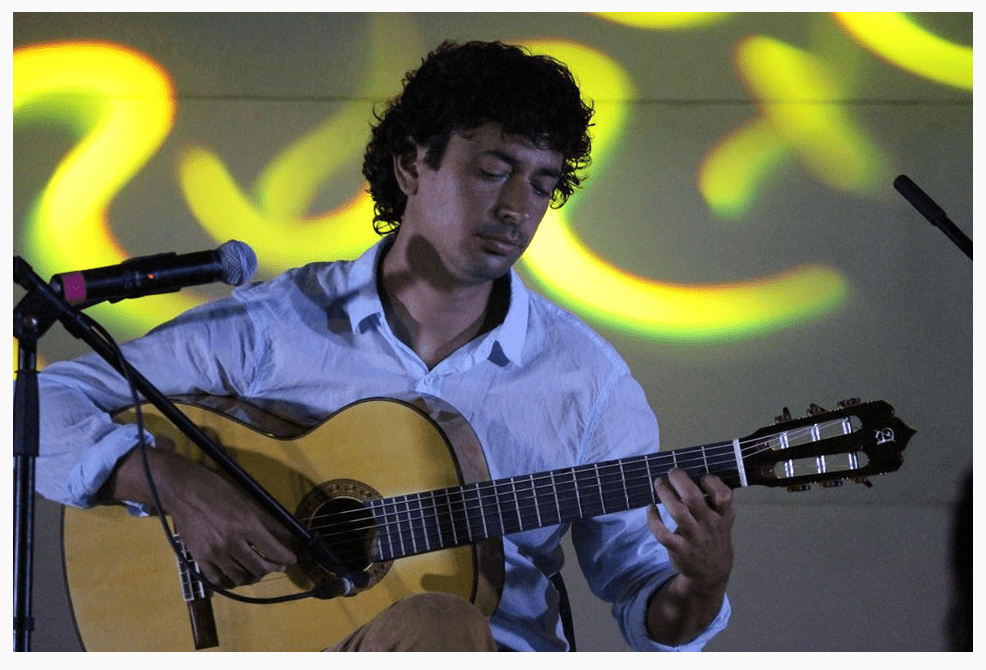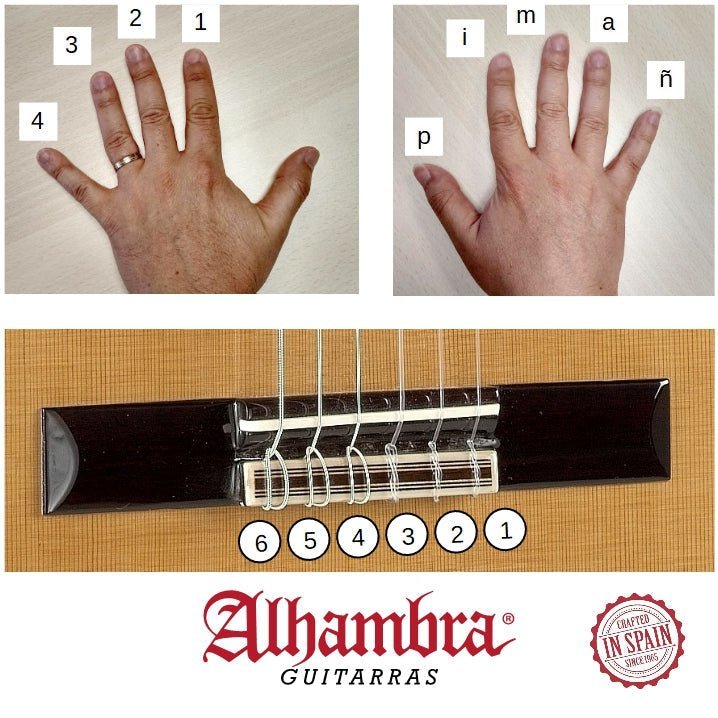
Learning guitar, fingering
To learn to play the guitar it is very important to know notions of fingering and some guitar terms.
A guitarist must know the symbols or terms specific to his or her instrument in order to read sheet music correctly; this is what we call guitar language.
In this language, fingering—that is, the way of indicating strings, fingers, and other signs that tell us how and where to play the strings—is fundamental to learning to play the guitar.
The right hand
The fingers of the right hand are named with the initial letter of their given name: Thumb (p), Index (i), Middle (m), and Ring (a). The little finger, as it is not commonly used, is not indicated. If it were, it would be indicated with the letter ñ.
The left hand
The fingers of the left hand are named with numbers: 1 for the index finger, 2 for the middle finger, 3 for the ring finger, and 4 for the pinky finger. The thumb, as it is located behind the neck, is not named.
When a string is played without any finger of the left hand pressing it, it is said to be playing the open string and is indicated by the number 0.

The strings and frets
When learning the guitar, nomenclature helps you read sheet music. The strings are indicated in the fingering by their corresponding numbers, within a circle, in order. The first string is the lower E, and the sixth string is the lowest E.
The frets are indicated by Roman numerals: I, II, III, IV, up to the last fret on the guitar.
In short, a fingered score makes reading much easier because it shows us the "path" our fingers must follow to play it correctly.
On the path to learning to play the guitar, fingering is a very important part.
Musical writing systems: staff and number or tablature
There are two systems for writing music for guitar: staff writing and tab writing. The latter is a form of writing only for string instruments.
Learning musical language is difficult and takes a long time to fully master. However, a few basic concepts will help us understand what's hidden inside the staves and be able to play any guitar piece by reading a score.
Music is the art of combining sounds in time. This simple definition reveals two of the basic pillars of music: sound and rhythm. The staff is the "chart" on which sounds are placed to indicate their pitch or range. It is made up of five lines containing four spaces. The higher a sound is on the staff, the higher it is, and vice versa. If the pitch of the sounds doesn't fit on the staff, so-called additional lines are used to maintain the pitch indication.
Tablature is easier to interpret. It indicates the string and fret where the note to be played is located.
In upcoming posts, we'll continue with more tips on how to learn to play the guitar.

